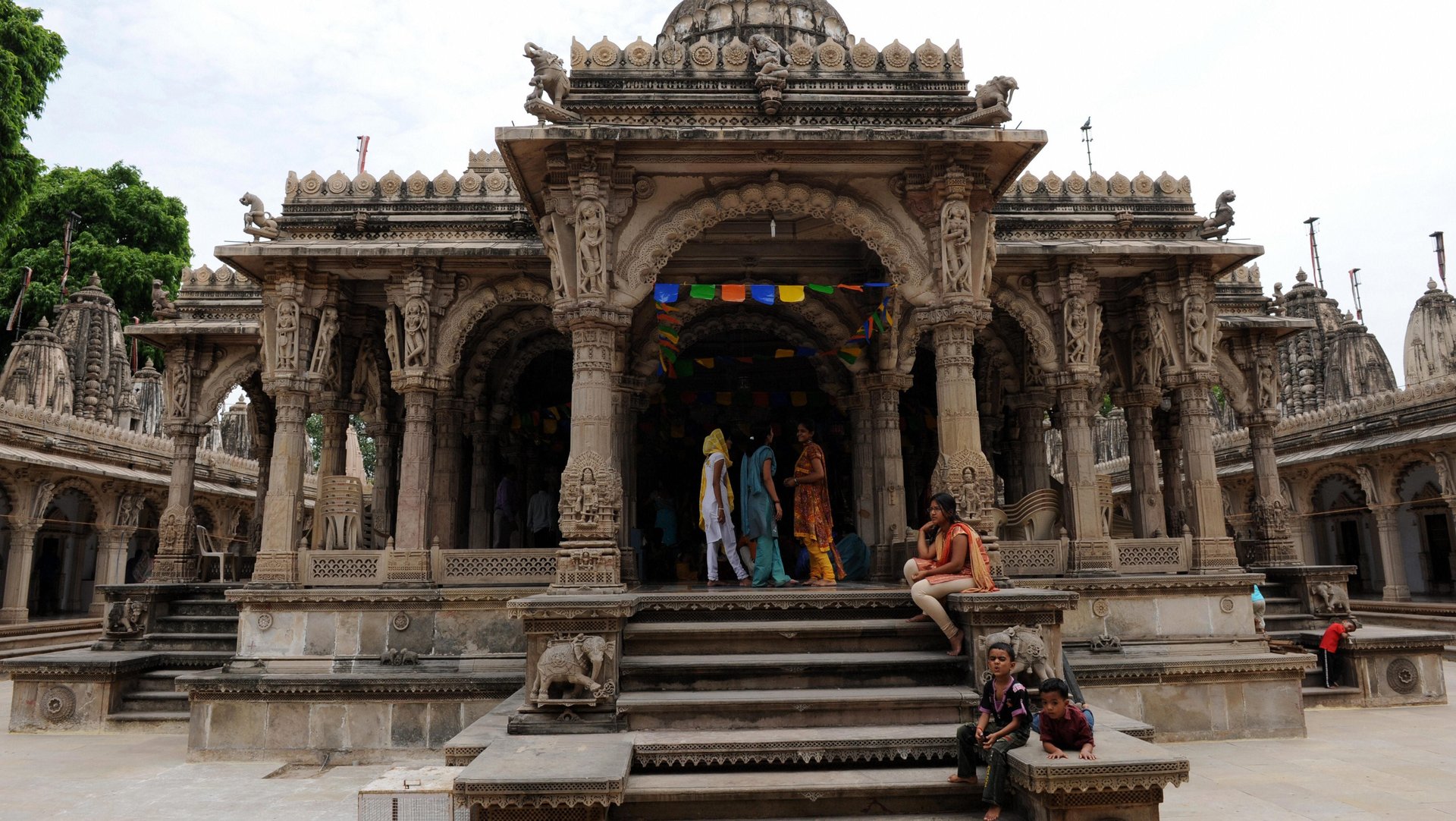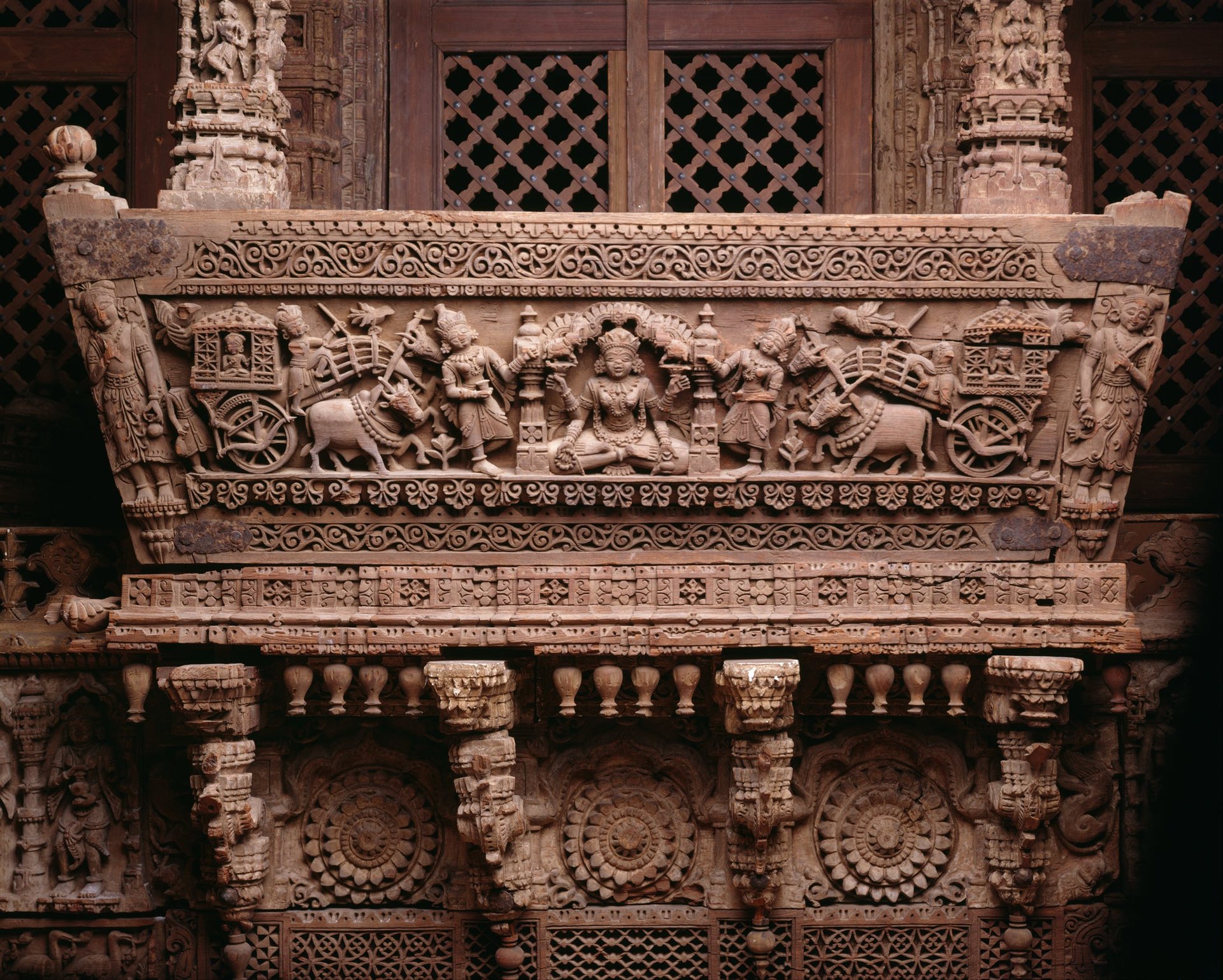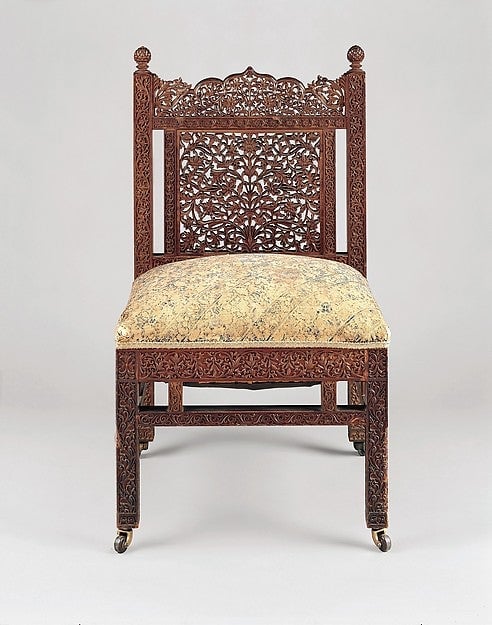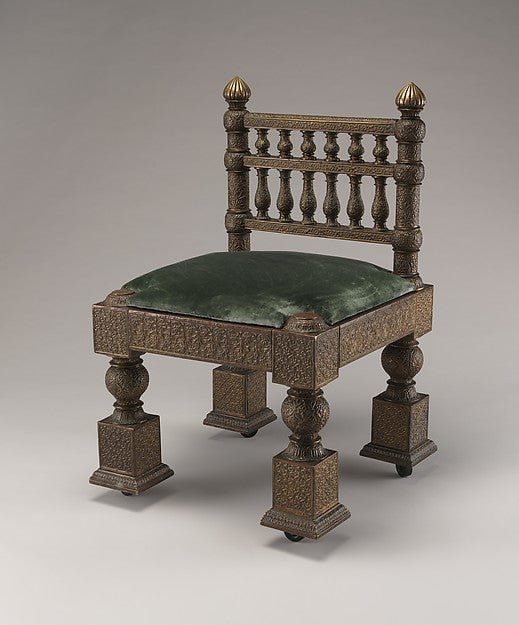One of India’s oldest and most famous fortunes is built on a chance encounter with an American artist
In the 19th century, the Hutheesings were one of India’s wealthiest and most prestigious families. With business connections stretching across the world, the family amassed one of the subcontinent’s largest fortunes. Savvy deals and a strategy of alliances with other powerful families—including a marriage into the Nehru dynasty that has given modern India many of its leaders—have extended that fortune to the present day.


In the 19th century, the Hutheesings were one of India’s wealthiest and most prestigious families. With business connections stretching across the world, the family amassed one of the subcontinent’s largest fortunes. Savvy deals and a strategy of alliances with other powerful families—including a marriage into the Nehru dynasty that has given modern India many of its leaders—have extended that fortune to the present day.
Their success, however, had a surprising beginning. The family had been nearly driven to ruin by global economic shifts and colonial policies before a chance encounter in 1881 with an American artist changed their fortunes and their future.
Lockwood de Forest, a wealthy painter and interior decorator from New York, had come to India because he wanted something different for his honeymoon. As the son of a high-profile lawyer, he had spent his childhood on tours of Europe. Taking his new bride, Meta Kemble, to a predictable destination like Paris or Rome was out of the question. They decided instead to tour western India, starting with the port of Bombay (today’s Mumbai), one of the centers of British colonial rule. They immediately began looking for furniture to fill their new home when they returned to the US. But Bombay’s shops seemed to offer nothing but cheap copies of Western chairs, desks and couches, with a touch of hastily applied Indian motifs.
The de Forests noticed that Bombay’s older houses and temples were richly decorated with delicate wooden panels lining doors, windows and interiors. They looked for local furniture-makers who still used the ancient wood-carving techniques, but found that the traditions were dying out. As the Industrial Revolution spread from Europe to India, competition from mass-produced factory furniture was driving wood carvers out of business. For the de Forests, what had started as search for souvenirs quickly became an obsessive quest for authentic craftsmanship. The couple headed north to Ahmedabad, where they heard that the heritage of wood-carving persisted. It was there they met Muggunbhai Hutheesing. Hutheesing heard of the arrival of a rich American artist looking for traditional woodcrafts, and arranged for a meeting.

The origins of the Hutheesing family’s fortune
Muggunbhai Hutheesing was a member of a once-prosperous family of merchants, members of the Jain faith who had lived in Ahmedabad for generations. They had built Ahmedabad’s gorgeous Jain temple in 1848, which still stands today, and were influential members of the community with many social connections and philanthropic activities. The family had gotten rich by trading opium. According to historians such as Amar Farooqui, the family’s patriarch, Hutheesing Kessiring, had his own ship, the Mottichund Amichund, which delivered opium made from Indian poppies to the Chinese port of Canton. Kessiring and his ship even appear in the British government’s official Parliamentary Papers related to the Opium Trade (1840), and in the records of the Jardine Matheson, one of Britain’s most infamous opium companies.
Hutheesing Kessiring was in good company. Many British and American businessmen, including the founders of financial dynasties like the Forbes family, got their start selling Indian opium to China—even though the Chinese government had banned the sale of opium on its soil. Using their contacts with criminal networks and corrupt local officials in the ports of Canton (Guangzhou) and Macau, opium traders from Britain, India, and elsewhere smuggled their illicit wares into China. But the British colonial government in India wanted this lucrative trade all to itself. Resenting independent Indian merchants’ success, it imposed a state monopoly on processing and selling opium in 1878.
This was a disaster for the Hutheesings. According to the art historian Roberta Mayer, the family had already lost much of its fortune by investing in cotton farming. Prices of cotton were artificially inflated during the American Civil War (1861-1865), but soon came crashing back down, taking the Hutheesings with them. Now, with the loss of their opium business, the future looked bleak—until Muggunbhai Hutheesing and Lockwood de Forest’s chance meeting.
How furniture saved the day

Hutheesing took de Forest on a tour of local woodcarvers’ workshops. He convinced the artist that Ahmedabad had the know-how to not only to supply him with wooden furniture for his own home, but also to meet a growing American demand for ‘Oriental’ crafts. Muggunbhai proposed a business venture. He would supply de Forest with Indian craftsmen, and in return de Forest would supply him with access to foreign markets, helping him adapt traditional Indian designs to Western tastes. De Forest accepted, and the two men founded the Ahmedabad Wood Carving Company. The business soon prospered, and de Forest became one of the most sought-after decorators in America. No upper-class home was complete without a room filled with Ahmedabad-style furniture. Many of de Forest’s signature pieces included details that he had copied from Ahemedabad’s Jama Mosque. The artist appropriated and domesticated monumental Islamic architecture for elite American consumers.
Although de Forest was supposed to be in charge of the design end of the business, Muggunbhai discovered his own artistic talents. In 1886, he began designing furniture himself. De Forest, however, chose not to export his Indian partner’s creations. The American artist always made sure that he got credit for the design of their company’s wares. If Muggunbhai resented his partner’s attitude, he didn’t show it. He and his family continued to collaborate with de Forest for decades more. After Muggunbhai died in 1889, his business passed to his sons, who formed Dalpatbhai Muggambhai Hutheesing and Brothers. They wound down the furniture-making partnership, but helped de Forest collect woodwork, jewels, and textiles for his interior decorating business as late as the 1910s.
The growth of the Hutheesing empire

After three decades of success, the artist began to have trouble finding customers. Wealthy clients lost interest in Indian styles, which were eclipsed by new fashion trends emphasizing minimalism. At the same time, middle-class customers turned to Indian competitors, who had started making more affordable versions of the Ahmedabad Wood Carving Company’s original designs. De Forest retired to California and fell into obscurity. The Hutheesing family, in contrast, survived the decline of their furniture business by branching out and creating a commercial empire.
Using their new connections to international markets and fashion-conscious clients they became key players in the Indian textile industry, organizing international expos to showcase their wares. By the early 20th century, they had helped turn Ahmedabad into a center of cloth production. The family maintained close ties to the Western art world, now as patrons rather than business partners. In 1951, one of Muggambhai’s descendents, Surottam Hutheesing, commissioned Le Corbusier, then perhaps the world’s most famous architect, to build him a fabulous villa in Ahmedabad.
Historians—and the New York art market—are beginning to rediscover Lockwood de Forest, hailing him as a visionary artist. But they have left his partner Muggunbhai Hutheesing in the shadows. The Hutheesings’ far-sighted and innovative collaboration with Lockwood de Forest remains a crucial part of the family’s identity, however. Their charitable foundation maintains a museum of wood carving and an artists’ space in Ahemadabad. One of the family’s most prominent descendants, the design expert and collector Umang Hutheesing, traces his own company’s “unique position,” inspired by Western and Indian styles, to his forefathers’ encounter with de Forest. Like his ancestors, Umang Hutheesing still works “to preserve the rich hand craftsmanship” of Ahemadabad, which he describes as a “precious living heritage.” The legacy of Muggunbhai Hutheesing, who turned a chance meeting with a traveling artist into the foundation of a business empire, lives on.